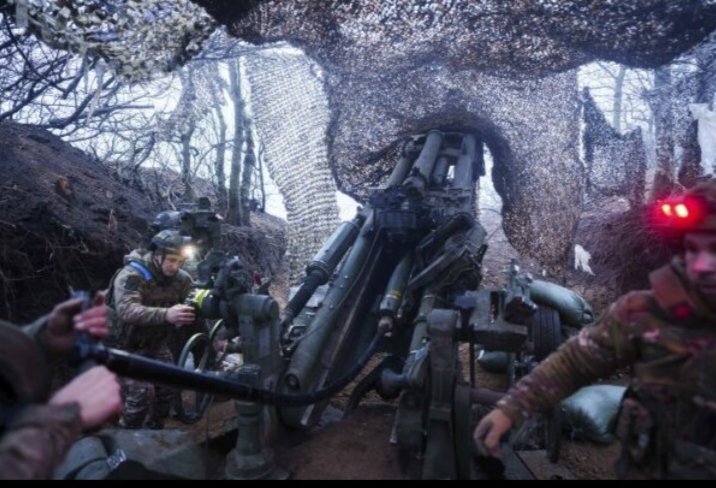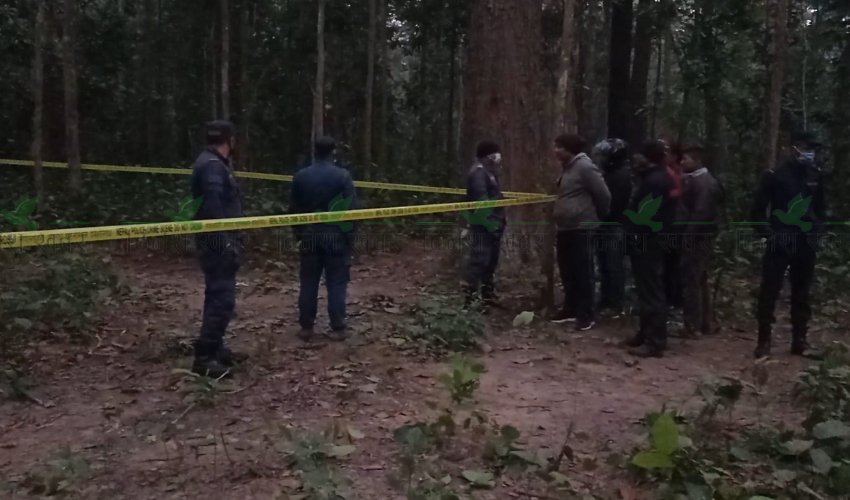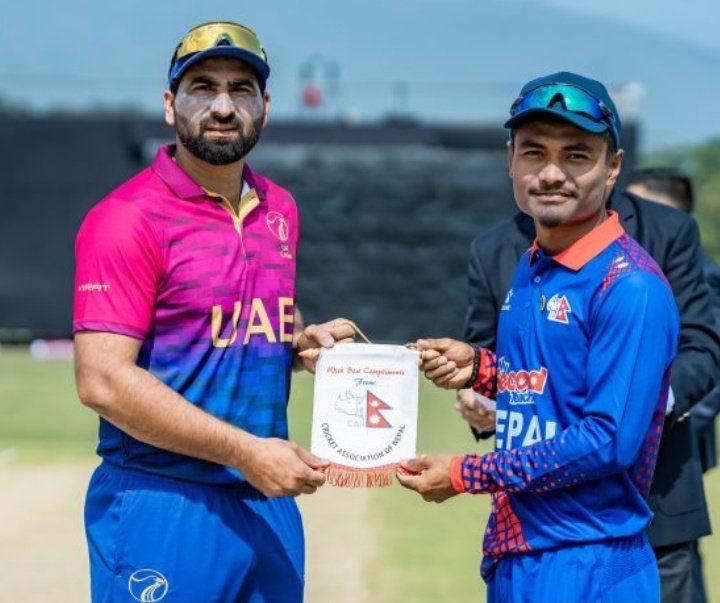The ongoing conflict between Russia and Ukraine remains one of the most critical geopolitical crises of the 21st century, marked by intense military operations, shifting battlefield dynamics, and significant international involvement. As hostilities continue into mid-2025, the war shows no signs of abating, with both sides fiercely contesting control over key strategic areas.
Intensified Military Engagements on Multiple Fronts Russia and Ukraine conflict
Eastern Ukraine’s Donbas region remains the epicenter of the conflict, where Ukrainian forces have launched sustained counteroffensives. Utilizing advanced Western weaponry such as the High Mobility Artillery Rocket System (HIMARS) and drones, Ukrainian troops have successfully regained several villages and disrupted Russian supply routes. These gains highlight Ukraine’s increasing tactical proficiency and the vital role of international military aid.
On the other side, Russian troops maintain fortified positions with heavy artillery, missile strikes, and a growing number of mobilized reservists. The battles for critical cities like Bakhmut and Mariupol remain brutal, with both sides suffering heavy casualties. Russia’s strategy also includes systematic strikes on Ukraine’s infrastructure, aiming to cripple energy grids and transportation networks, thereby undermining Ukraine’s military and civilian resilience.
Strategic Targeting and Escalation Risks of Russia and Ukraine Conflict
Recent weeks have seen an expansion of hostilities beyond the frontline. Russian missile attacks now target western Ukrainian regions previously considered safe, indicating an escalation in tactics aimed at stretching Ukrainian defenses. Ukraine has responded with precision strikes on Russian-held logistics hubs and ammunition depots, signaling a shift towards more aggressive disruption of enemy supply chains.
These developments increase the risk of broader regional destabilization. NATO’s ongoing military assistance to Ukraine, including promises of tanks, artillery, and air defense systems, has heightened tensions with Moscow. Russia perceives this aid as direct intervention, raising fears of a wider conflict involving NATO countries.
Diplomatic Efforts and Challenges
International diplomatic efforts to end the war continue amid ongoing violence. Hence, mediators including Turkey, the United Nations, and select European nations have attempted to negotiate ceasefires and prisoner exchanges. However, deep-rooted mistrust and diverging war aims complicate these talks.
Despite these challenges, both sides have engaged intermittently in dialogue, focusing on humanitarian relief corridors and potential localized ceasefires. Yet, a peace agreement remains elusive as battlefield realities shift rapidly.
Humanitarian Crisis and Global Economic Impact
The human toll of the war is staggering. Millions of Ukrainians have been displaced internally or fled abroad as refugees, creating one of the largest displacement crises in recent history. As a result, civilian casualties continue to mount, exacerbated by attacks on non-military infrastructure.
Economically, the conflict disrupts global supply chains, particularly in energy and agriculture. Both Russia and Ukraine are major exporters of oil, gas, and grain. The ongoing war has contributed to global inflation, food insecurity, and energy shortages, especially affecting vulnerable regions in Africa and the Middle East.
Timeline of Key Recent Events in the Russia-Ukraine Conflict
July 10, 2025: Ukraine launches a counteroffensive in Donbas, reclaiming key villages with HIMARS rocket support.
July 14, 2025: Russia intensifies missile strikes on Ukrainian power infrastructure, causing widespread blackouts.
July 18, 2025: NATO announces a new military aid package, including advanced air defense systems and artillery shells.
July 20, 2025: Ukrainian drone strike destroys a Russian ammunition depot near Mariupol.
July 22, 2025: Turkey-mediated diplomatic talks on prisoner exchanges and ceasefires end without agreement.
July 24, 2025: Russia mobilizes 50,000 additional reservists to bolster forces in eastern Ukraine.
July 25, 2025: UN warns over 7 million Ukrainians displaced; calls for increased humanitarian aid.
July 27, 2025: Ukrainian troops advance near Sloviansk, securing key transport routes.
July 29, 2025: Russian airstrikes target infrastructure in western Ukraine, expanding conflict zones.
Looking Ahead: Prospects and Implications
With no immediate end in sight, the Russia-Ukraine war is poised to continue shaping global security and diplomacy. The evolving use of advanced military technology, combined with extensive international involvement, suggests a protracted conflict with complex ramifications.
The world watches closely as the conflict impacts not only regional stability but also global markets and humanitarian conditions. Ongoing diplomatic efforts remain crucial, but lasting peace will require significant compromises and de-escalation from both sides.


